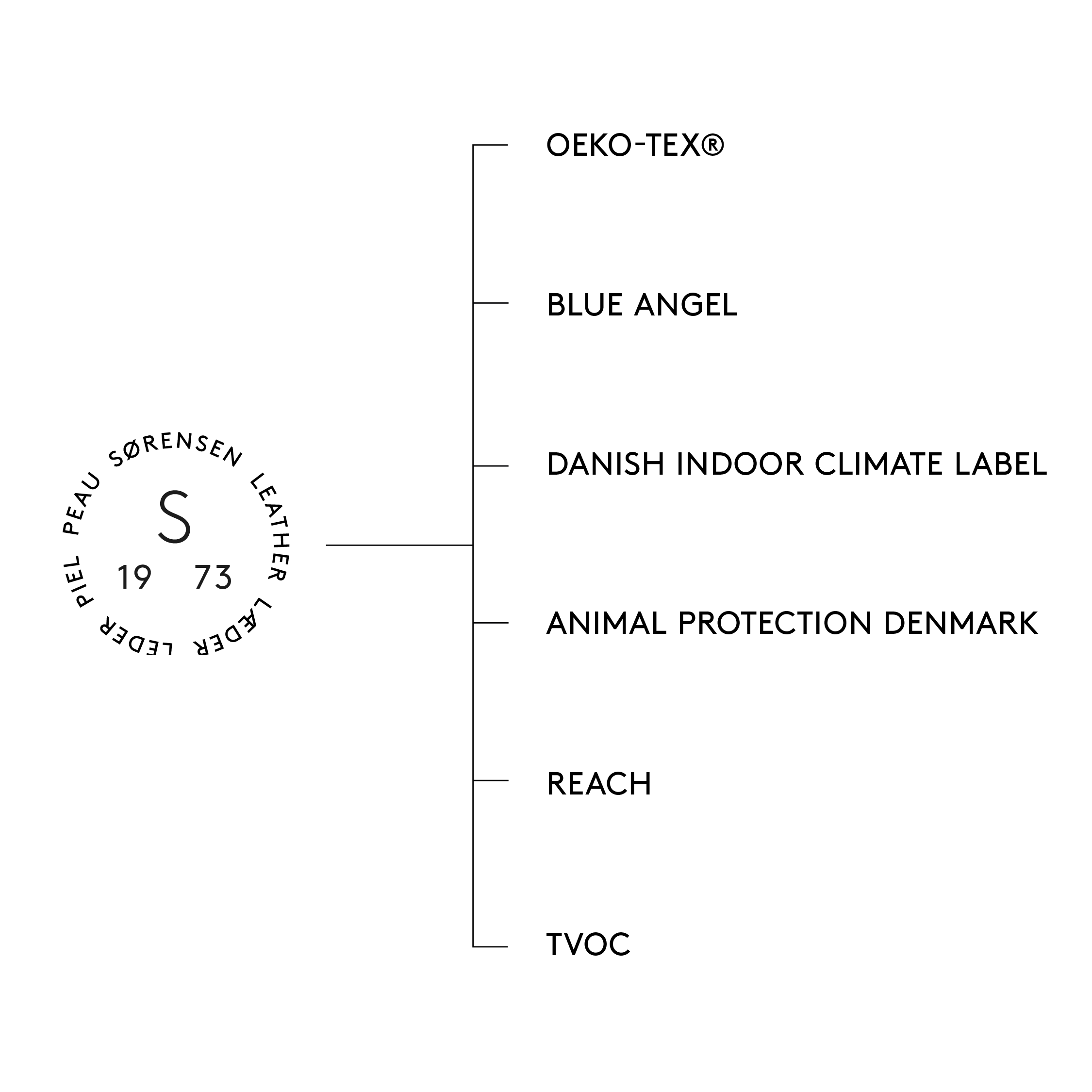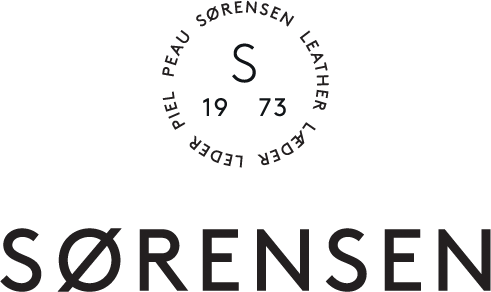Sørensen Leather’s Environmental Policy
Sørensen Leather’s environmental policy focuses on how we best minimize any negative impact from our business.
Energy usage
- At Sørensen Leather we purchase electricity from renewable sources, namely solar and wind power. Please find the associated certificate from our energy supplier here
- In order to decrease our consumption, we have invested in LED lights in our office and warehouse. The switch to LED lights was done in the beginning of 2023, it has reduced our electricity consumption for lighting by around 66%, corresponding to a saving of approximately 3.600 kWh/year.
- We have reduced the temperature at our warehouse while also establishing procedures to minimize heat loss, hence avoiding heat cannons.
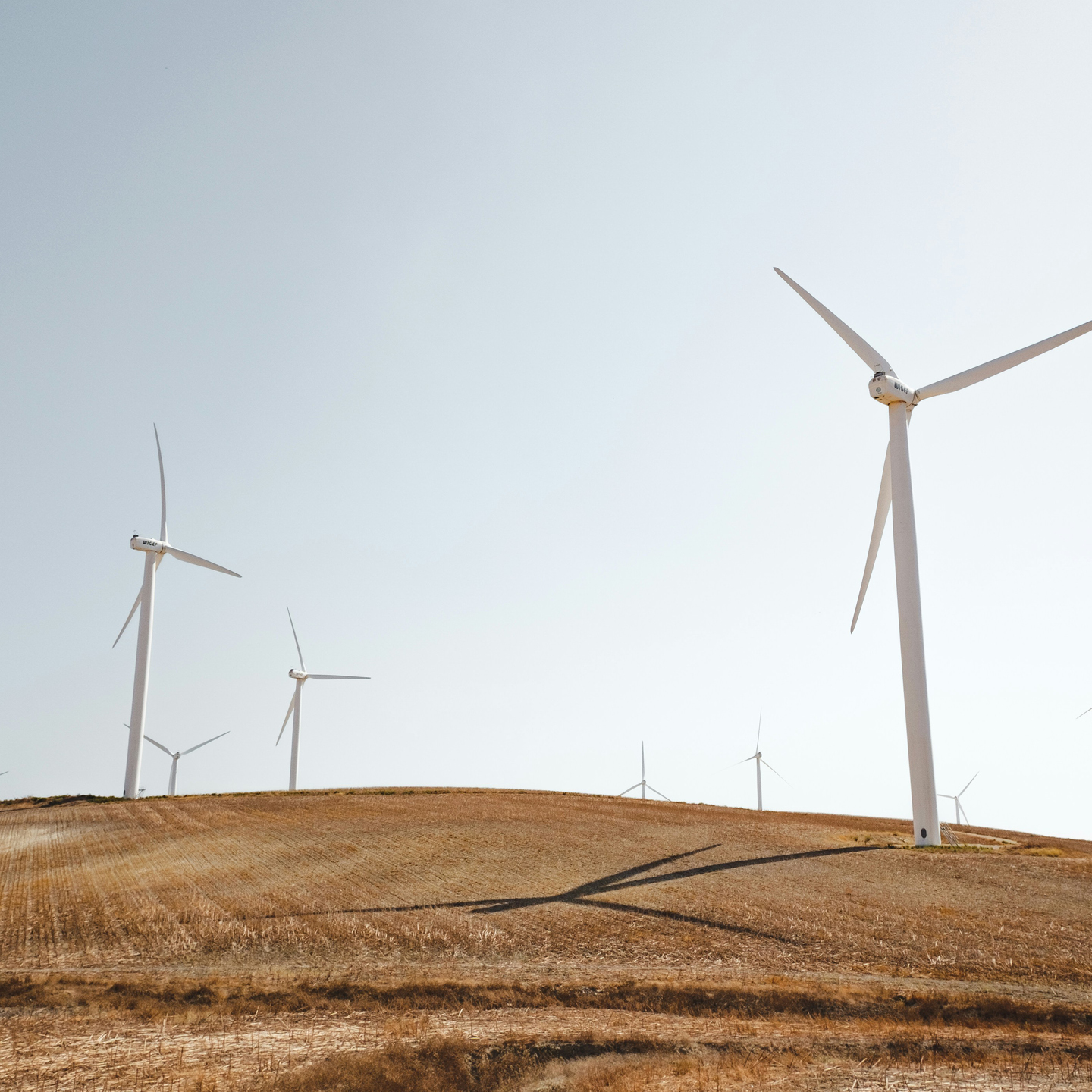
Packaging materials
- Sørensen Leather stores and ship hides on “horses” that are triangular constructions made of FSC-certified wood.
- We have implemented a successful return system for the horses. Every time a horse is sent out, our customers pay a fee, which is credited once the horse returns back to our warehouse. We ship 200-400 horses each year, and the return rate was 89% in 2022, and 79% in 2023.
- To protect the hides during transportation we use FSC certified cardboard and LDPE plastic, both of which are fully recyclable materials. The LDPE plastic is manufactured from 20-50% from post-industrial waste.
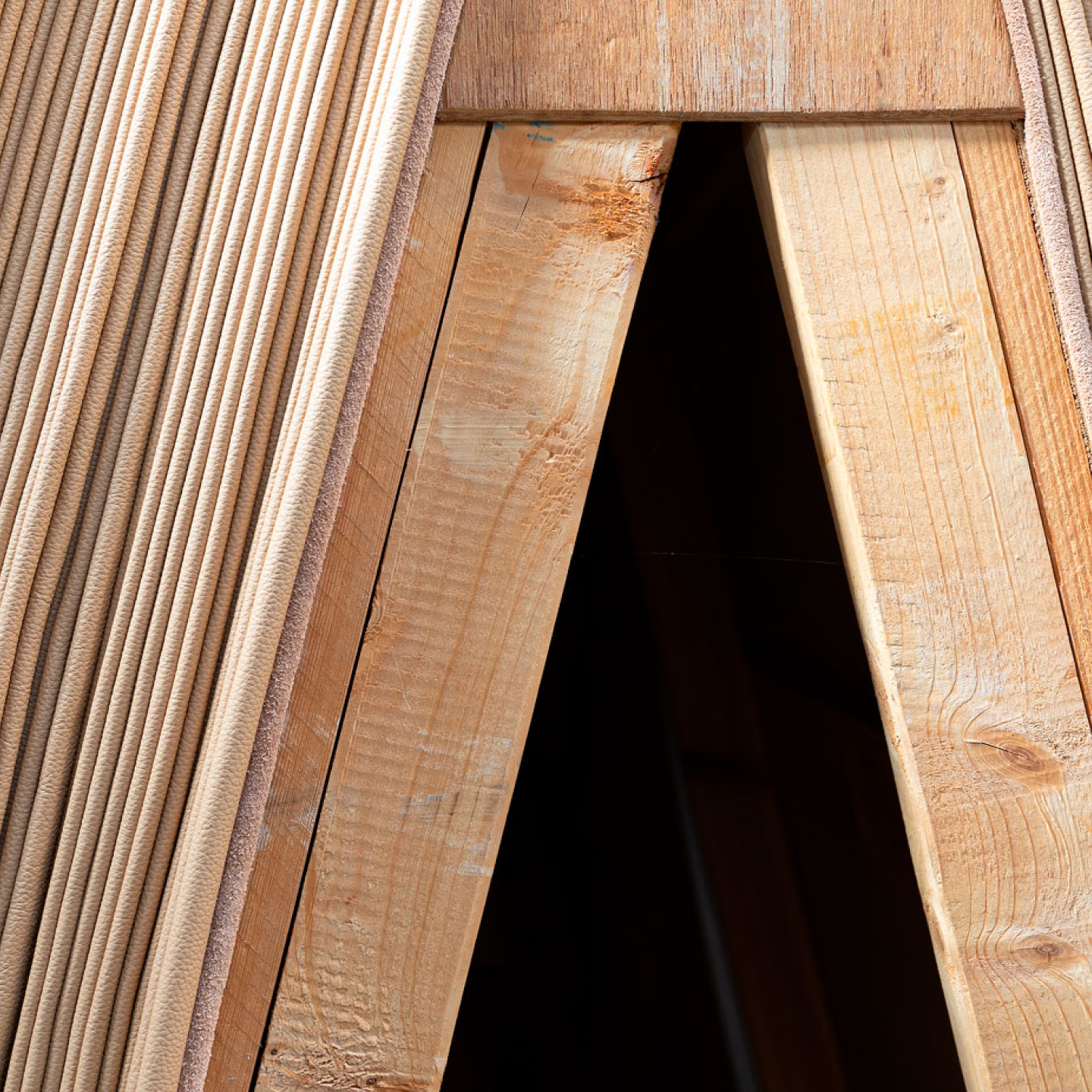

Employee transportation and shipping of goods
- We have measures in place, to minimize transportation by car or truck:Microsoft Teams is used for online meetings with customers, suppliers and other business partners.
We make an effort to have at least a full-day of meetings booked in connection with longer drives. We take the ferry to reduce CO2-emissions, when it is possible.
Our sales team never drive an empty car. By packing the car with samples and hides we avoid shipping these materials at a later time.
- We have updated our policy on company cars. Electric cars are now the default choice. In cases where an electric car is not a viable option, for instance for members of the sales team that have
to cover very long distances in a single day, hybrid cars are the second choice.
- Shipping from our production partners to our HQ in Denmark is handled via shipping partners Interfjord and UPS. Most of our shipments are by train or truck, while sea freight is rare and air freight is used for emergencies only and account for less than 0,1% of our shipments.
Waste management at Sørensen Leather
- The majority of the waste coming from leather production can be re-purposed. Our producers select companies specialized in waste disposal, whose aim is to recycle or re-purpose their raw-material waste. Most of this waste can either be used as fertilizer, or it can be used by other industries such as the medicine industry, which is very interested in gelatin, to produce collagen products.
- Sørensen Leather has been working with UN’s Sustainable Development Goals (SDGs) since 2017 and in 2022 achieved zero leather waste in our facilities, which cover our HQ and warehouse. This means that all our leather is either sold as first or second assortment, donated to different partners who can use our hides for educational purposes, for students and other creatives, or used to produce our marketing materials.
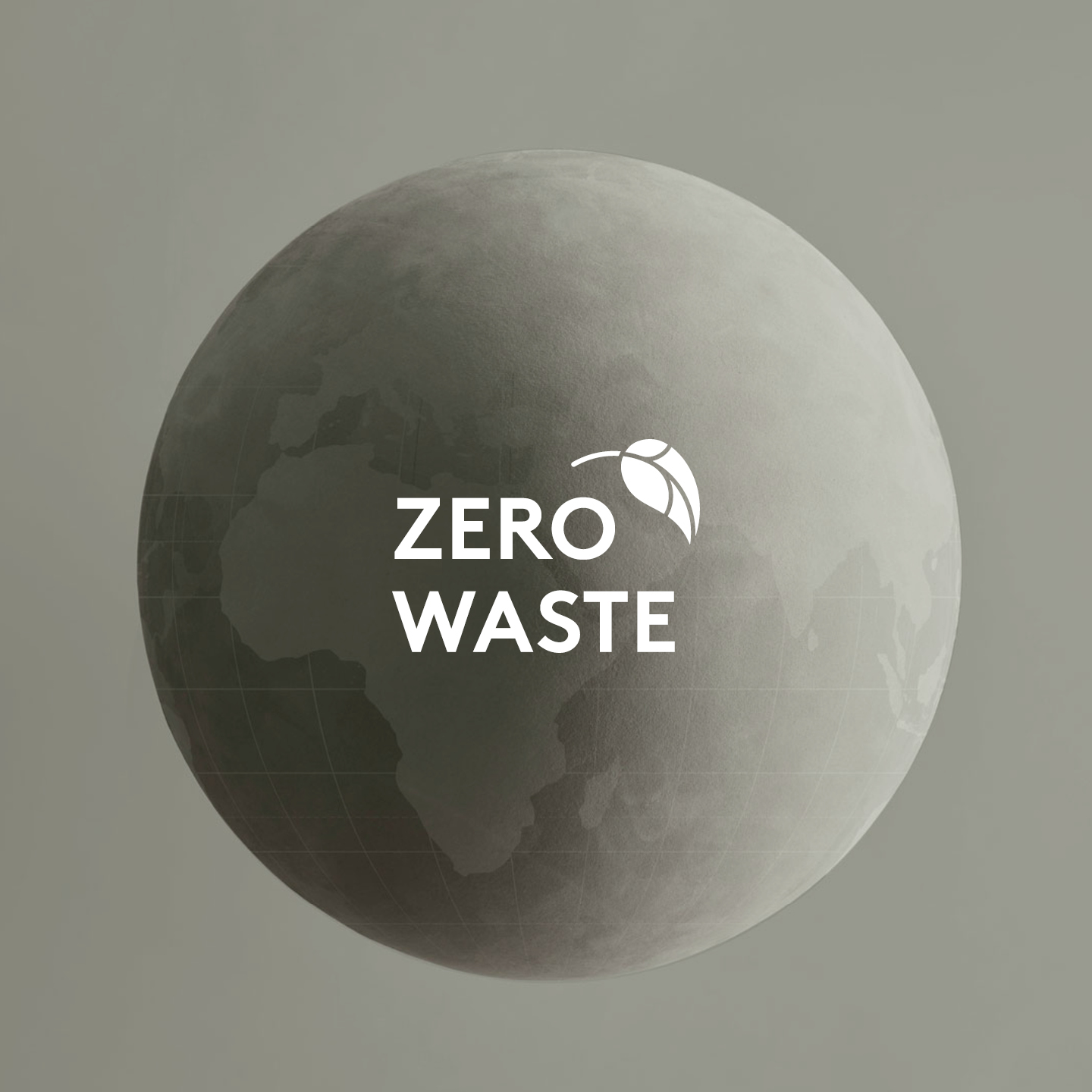
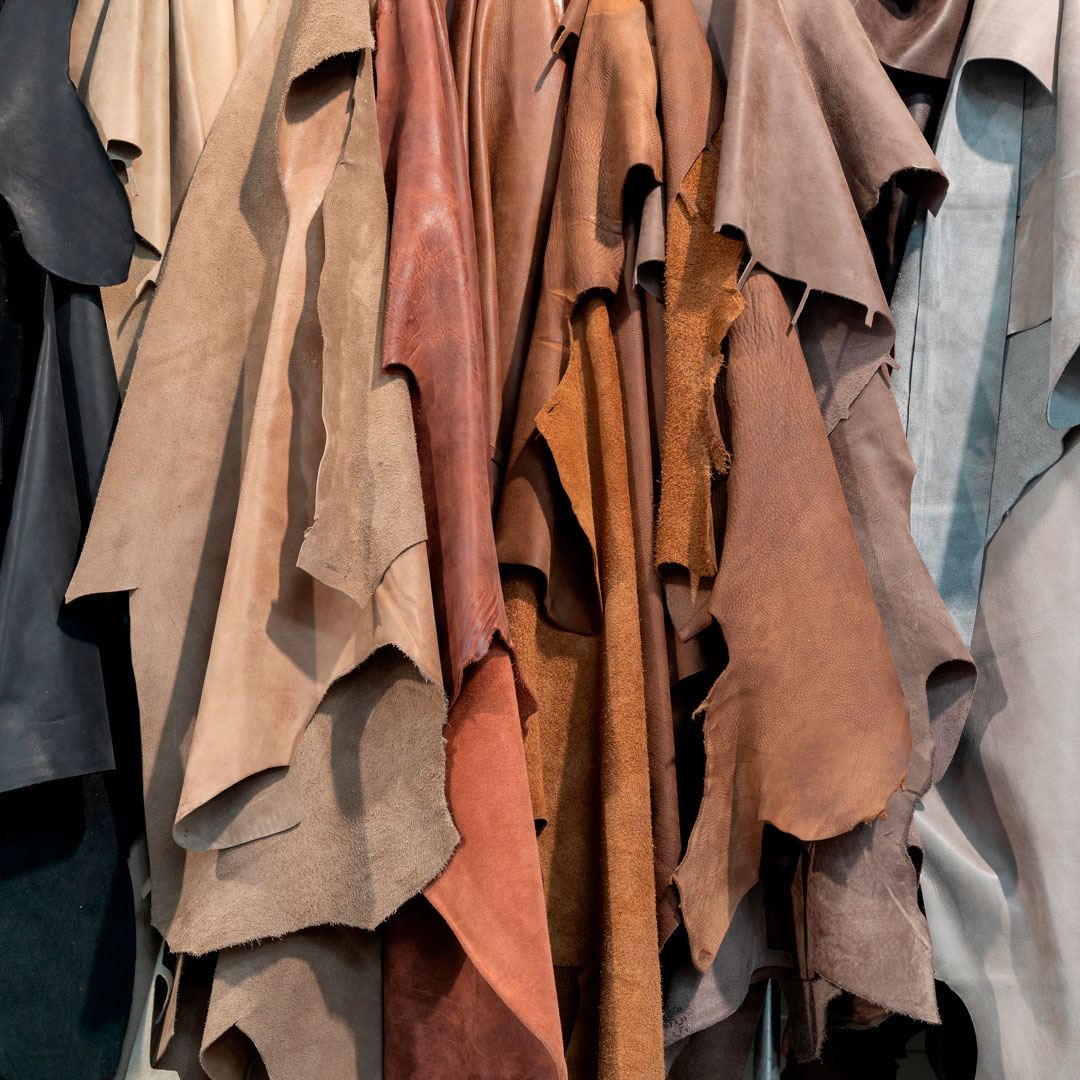
- Different measures have been taken at our warehouse to ensure that we have as little waste as possible. By working with the European Pallet Association (EPAL), no pallets go to waste. Instead, every time we receive a new EPAL pallet, we give one back in return. Occasionally, we receive single-use pallets at the warehouse. Instead of disposing of them after one use, we reuse them until they no longer serve their purpose. Once they can no longer be reused, they are delivered at a collection point, where they are disposed of in a responsible way.
- We have recycling containers to sort paper and cardboard, as well as small combustible waste. From 2024 recycling at Danish companies will be more fine-grained and will add waste fractions such as food waste, plastics, metals, glass and hazardous waste.
- We have a goal of reducing our paper waste from printing at the office 25% by 2025 from a 2023 base level. This means we will work to reduce printing from 38.000 pages to 28.500 pages. To minimize environmental impacts from the printing we cannot avoid, our paper is PEFC (i.e. from responsibly managed forests) and EU Ecolabel certified (i.e. printing paper with some of the lowest environmental impacts for the industry).
Responsible production practices in the supply chain
- The majority of our leather is sourced from and tanned in Europe, while a small percentage is sourced from South America or Pakistan. Our European tanning facilities naturally live up to the stringent requirements set forth by EU legislation including regulations on the use of chemicals, waste sorting and recycling, water use and cleaning, animal welfare and more.
- Our tanneries are selected from among the best in the industry, since we work only with suppliers that demonstrate a strong environmental performance. We ensure focus on environmental performance is maintained in the daily work, through our Code of Conduct and our ongoing dialogue with the suppliers.
- We will continue to collaborate with our suppliers to find ways of reducing environmental impacts. We are taking several approaches to this work:
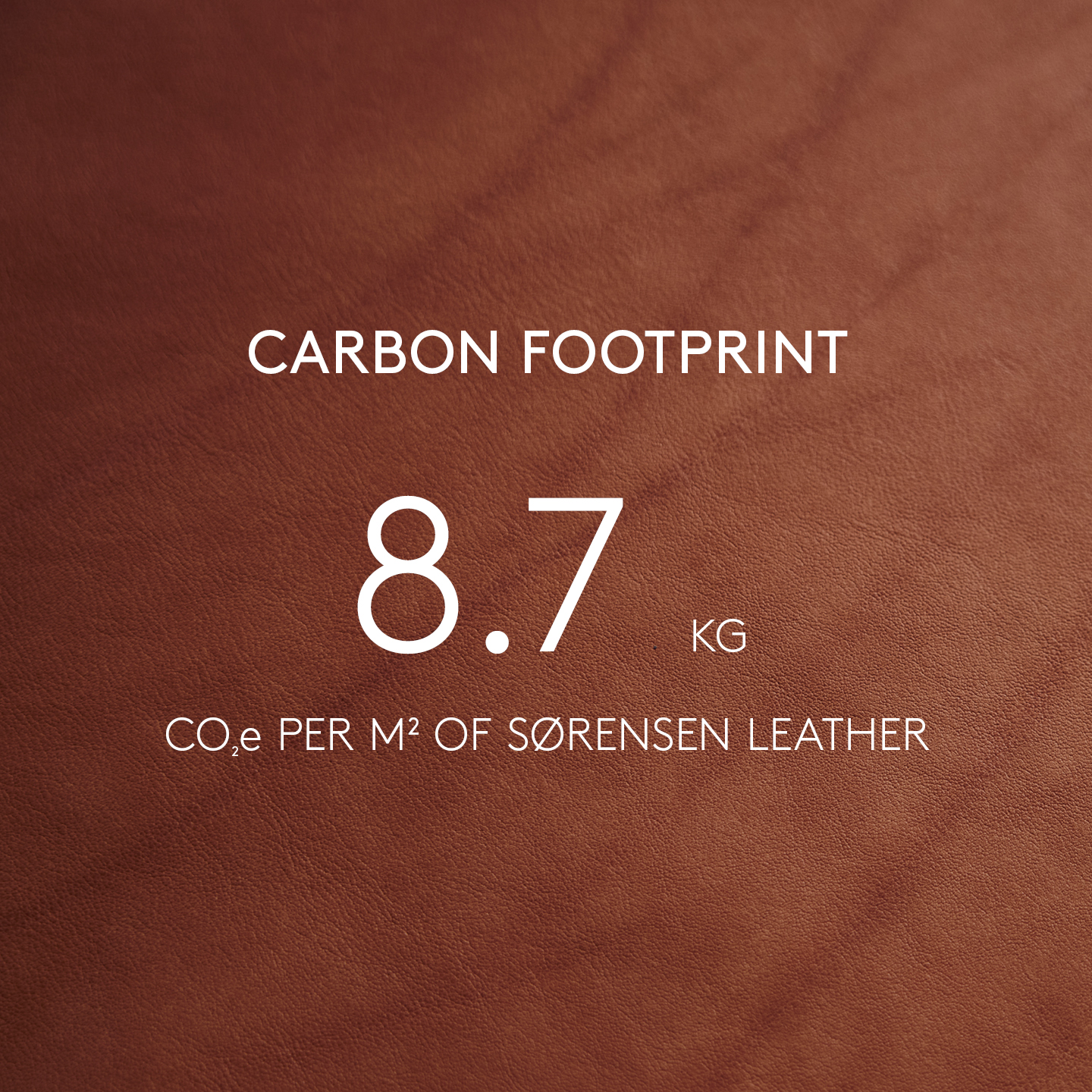
Certified collections
Offering environmentally certified collections, for instance via Blue Angel, is also an important tool in minimizing the impact of our leather. The labels set strict environmental requirements for all steps of the production process to ensure the certified leather is among the most environmentally friendly in the industry. Please see the section “Certifications of our leather” for more examples of standards that various collections adhere to.
Life Cycle Assessment
Most recently we have conducted a comprehensive analysis to map out the CO2-emissions from the leather production throughout the value chain. The analysis was done according to ISO 14040/14044:2006 and ISO 14067:2018 standards. The result was a third-party verified Carbon Footprint Report for Products (CFP) for 1 m2 of leather. This mapping provides us with quantitative information on where in the supply chain to most effectively work to reduce CO2-emissions, and we will work with the results to define carbon reduction targets.
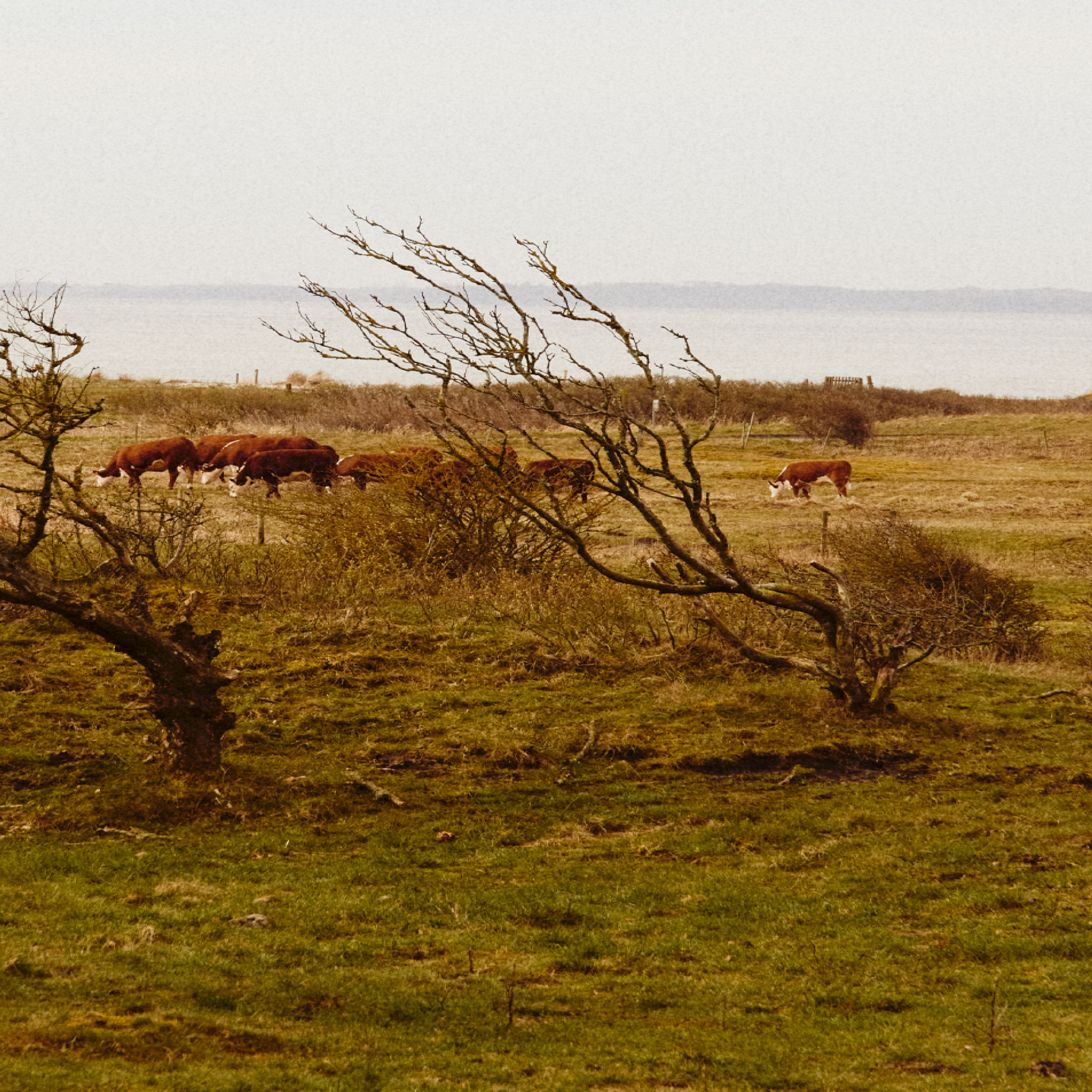
Partnerships live up to our Code of Conduct
We establish long partnerships with suppliers that have proven willing to live up to our Code of Conduct and continue to improve their environmental performance.
Suppliers are certified by the Leather Working Group (LWG)
80-85% of suppliers are currently certified by the Leather Working Group (LWG), and more are in the process of getting certified. This certification ensures suppliers live up to best practices for responsible leather manufacturing including environmental management, traceability, chemical management, social responsibility, and governance.
High environmental and social standards in production facilities
Some of our tanning partners comply with OEKO-TEX STeP, which ensures their production facilities live up to high environmental and social standards, others are certified according to the environmental management standard ISO 14001 or LWG Leather Manufacturer Standard. Our partners also offer MADE IN GREEN leather, which is a product label that guarantees the leather is tested for harmful substances, produced in environmentally friendly facilities and manufactured in safe and socially responsible workplaces. These certifications verify that the suppliers have moved well beyond EU requirements.
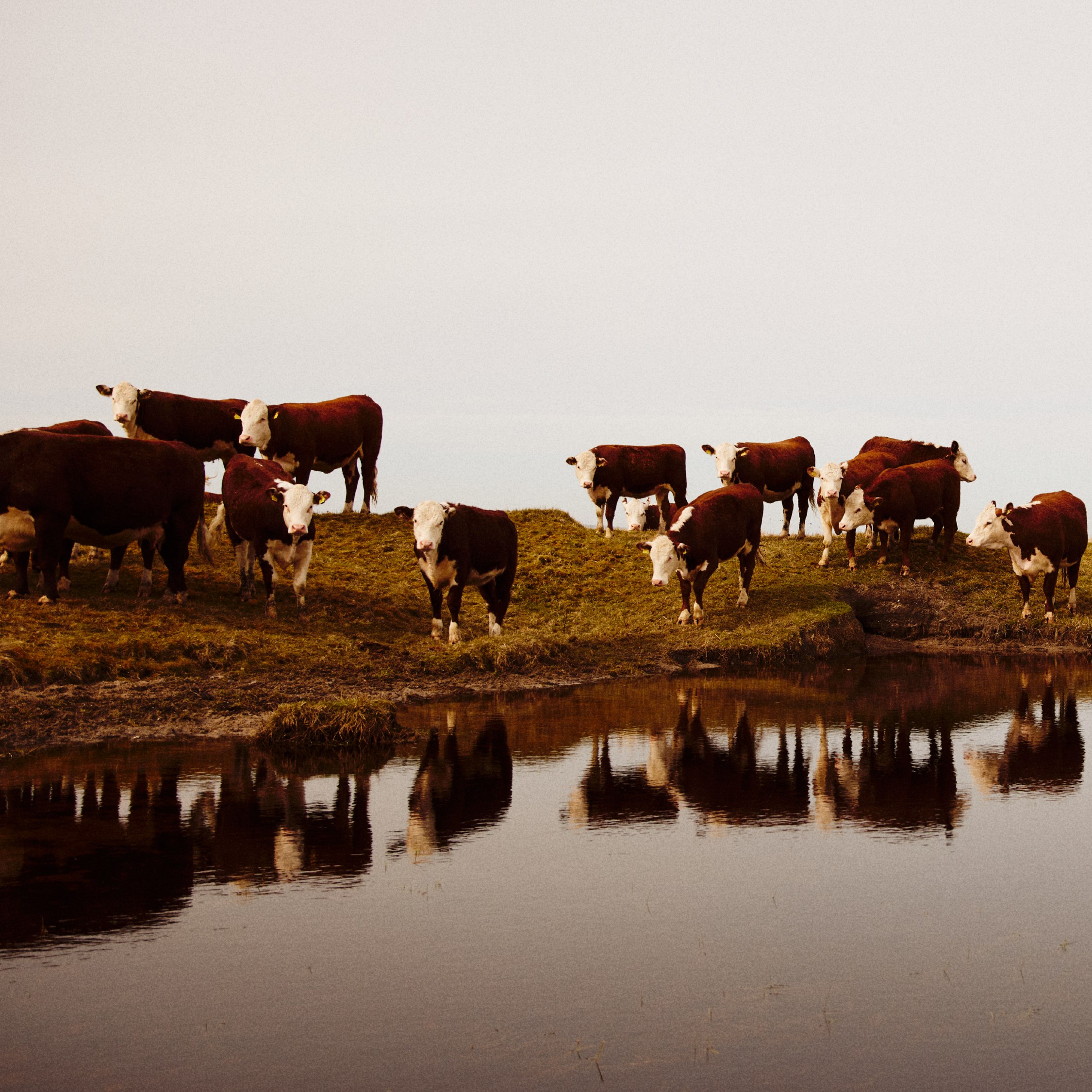
Certification of our leather
We offer leather collections that are certified according to the Nordic Ecolabel, Blue Angel, the Leather Standard for Oeko-Tex and animal rights. We also have collections with the Danish Indoor Climate Label, TVOC (Total Volatile Organic Compounds) certificate and ANSI/BIFIMA.
Around 67% of our sales is from leather with at least one certification, and we hope to increase this number in the future.
